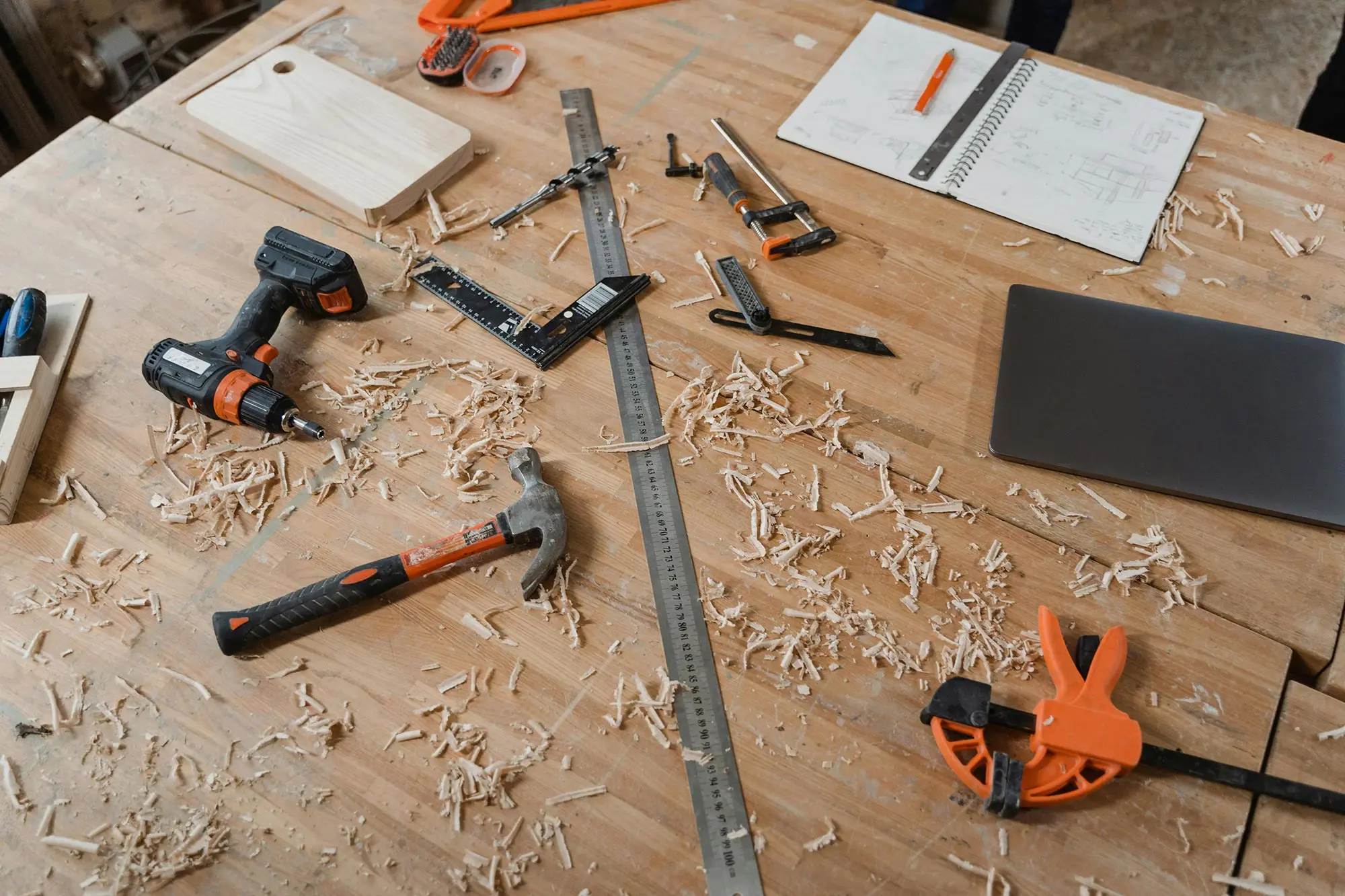Carpentry is an age-old craft, but technology and innovation are shaping its future. From new materials to advanced tools and techniques, the woodworking industry is evolving. These advancements not only improve the quality of work but also make carpentry more efficient, precise, and environmentally sustainable. Here’s a look at what’s to come.
Smart Tools and Automation
The future of carpentry includes the rise of smart tools and automation. Tools equipped with sensors, AI, and robotic assistants can improve accuracy and reduce manual effort. These innovations allow carpenters to work faster and with greater precision, enabling them to complete complex tasks with ease and efficiency.
Sustainable Materials
Sustainability is a growing focus in woodworking. The demand for eco-friendly materials is on the rise, and carpenters are embracing alternatives like reclaimed wood, bamboo, and composite materials. These sustainable options not only reduce environmental impact but also offer new design possibilities and durability, making them perfect for modern projects.
3D Printing in Carpentry
3D printing is transforming the way carpenters approach design. This technology allows for the rapid creation of prototypes and intricate designs that would be difficult to achieve with traditional woodworking methods. It provides the ability to customize projects, reduces material waste, and accelerates the production process, revolutionizing the industry.
Digital Design and CAD Software
Carpenters now use advanced digital design tools, such as Computer-Aided Design (CAD) software, to visualize and plan projects. This technology allows for detailed and accurate designs before any wood is cut. With CAD, mistakes are minimized, and the efficiency of planning and execution is greatly improved, leading to better outcomes.
Laser Cutting and Precision Technology
Laser cutting has brought precision to carpentry like never before. This technology uses high-powered lasers to cut wood with extreme accuracy, allowing for intricate designs and fine details that are impossible to achieve by hand. It’s also faster and more cost-effective, reducing labor time and material waste.
Education and Training Innovations
As technology advances, so do the methods of educating future carpenters. Online platforms, virtual workshops, and augmented reality simulations are making carpentry training more accessible and interactive. These innovations help individuals learn complex techniques without the need for physical tools, making the craft more accessible and widespread.
Conclusion
The future of carpentry is exciting, with innovations that promise to improve efficiency, sustainability, and creativity. From smart tools and sustainable materials to advanced digital technologies and automation, carpenters are adapting to meet modern demands. These advancements not only enhance the craft but also pave the way for a new era in woodworking.
